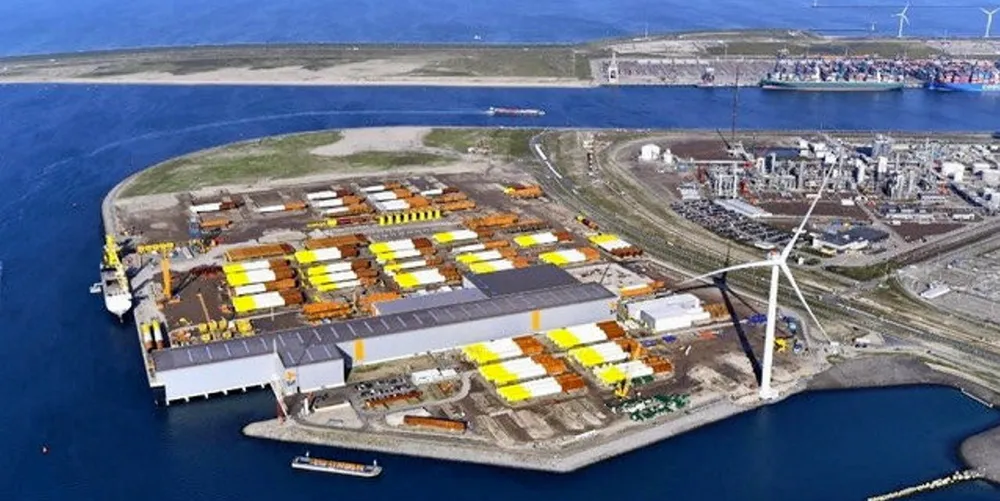Netherlands, Australia leading markets for green hydrogen rules and policies: Fitch Solutions
Nearly 300 H2 tech firms already operating in the Netherlands with projects clustered around Amsterdam and Rotterdam Ports

Nearly 300 H2 tech firms already operating in the Netherlands with projects clustered around Amsterdam and Rotterdam Ports
